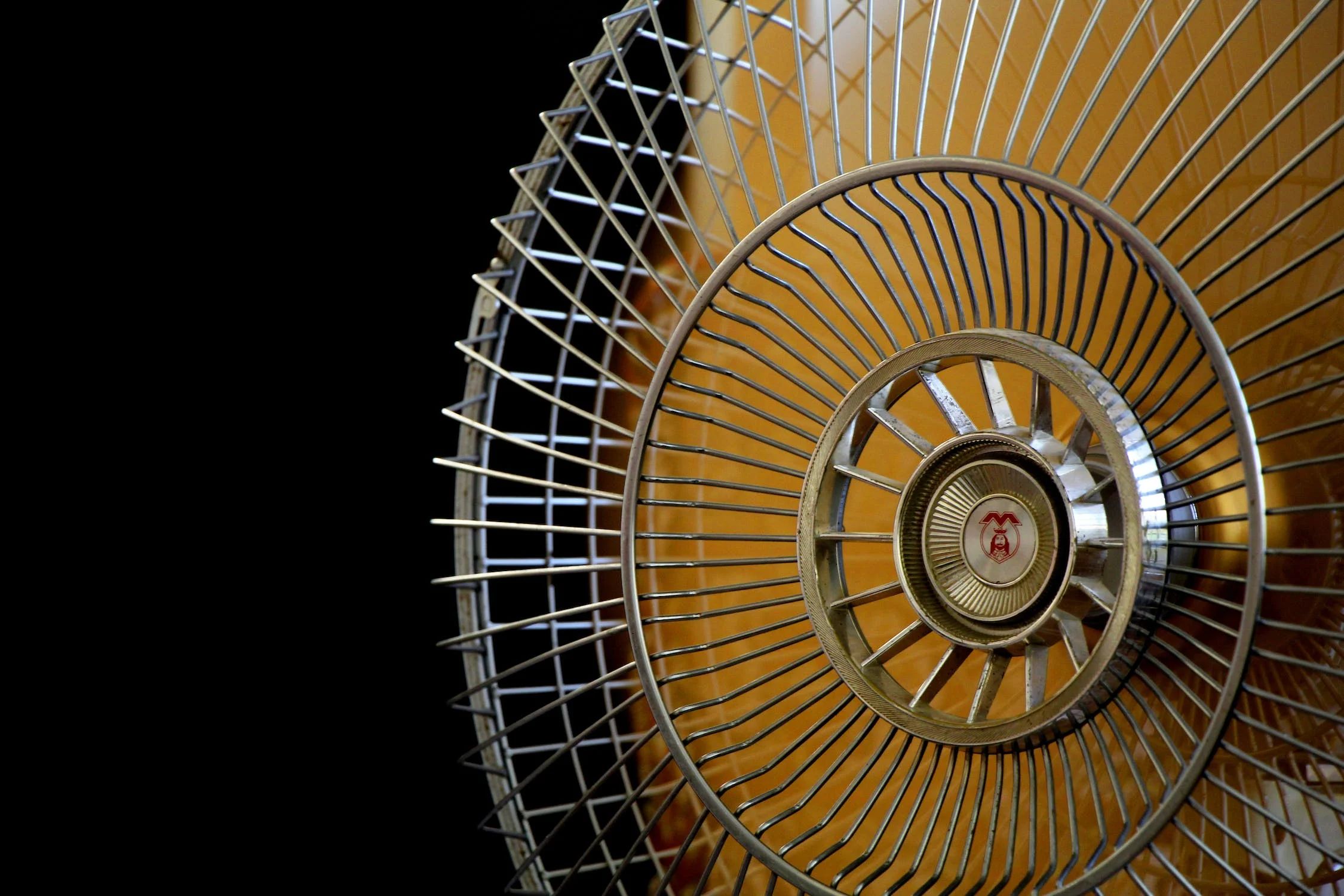
22 Jun CHILL OUT – THE FUTURE OF AIR CONDITIONING, HEATING AND COOLING
HVAC systems are essential for maintaining comfortable indoor environments in modern buildings. However, these systems consume a significant amount of energy and contribute to greenhouse gas emissions. As global temperatures continue to rise and the demand for air conditioning and heating grows, upcoming generations of these systems must focus on energy efficiency and eco-friendly technologies. Sooooo (you guessed it) let’s talk about the future of air conditioning, heating, and cooling systems.
To start off our discussion, consider how energy-efficient air conditioning systems can help reduce the environmental impact of cooling while lowering energy costs for consumers. Just a few new developments to keep in mind here follow:
- Inverter technology: Inverter air conditioners can continuously adjust their compressor speed to match the cooling demand, resulting in more efficient operation and reduced energy consumption compared to traditional systems.
- Solar-assisted air conditioning: By integrating solar thermal collectors or photovoltaic panels into air conditioning systems, buildings can utilize renewable energy to reduce their reliance on grid electricity.
- Radiant cooling: This technology uses chilled water or other fluids circulating through pipes embedded in walls, floors, or ceilings to absorb heat from a room. In essence, radiant cooling systems can provide a more energy-efficient and comfortable cooling solution compared to conventional air conditioning.
Of course, as energy efficiency and sustainability become more critical, heating systems are also evolving to reduce their environmental impact and improve performance. Some promising advancements in heating technologies include:
- Heat pumps: These solutions transfer heat from one source to another (e.g., from the ground or air) and can provide both heating and cooling. They are highly energy-efficient, as they use electricity to move heat rather than generate it and can significantly reduce greenhouse gas emissions compared to conventional heating systems.
- District heating: When using district heating systems, a centralized plant produces heat that is distributed to multiple buildings through a network of insulated pipes. By utilizing waste heat from industrial processes or renewable energy sources, district heating can offer a more sustainable and efficient solution for urban areas.
- Smart thermostats and controls: Intelligent heating controls, such as smart thermostats, can optimize heating schedules based on user preferences, occupancy, and weather conditions. These systems can help reduce energy consumption and enhance comfort by providing more precise temperature control.
The future of cooling, on the other hand, will be shaped by innovative technologies that are energy-efficient, environmentally friendly, and adaptable to a changing climate. Trends and innovations to watch include but are not limited to:
- Evaporative cooling: This technology uses the natural process of water evaporation to cool air, offering a more energy-efficient and environmentally friendly alternative to traditional air conditioning. As you might note, evaporative cooling is particularly well-suited for dry and arid climates.
- Thermoelectric cooling: Based on the Peltier effect, thermoelectric cooling devices use electric current to transfer heat between two surfaces, providing precise temperature control without the need for refrigerants or moving parts. This technology has potential applications in data centers, medical devices, and personal cooling devices.
- Passive cooling: Related strategies like natural ventilation, shading, and cool roofs can help reduce the need for mechanical cooling systems by taking advantage of the surrounding environment. Incorporating these design elements into buildings can lower energy consumption and improve comfort.



